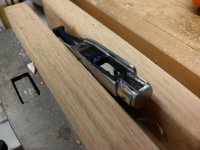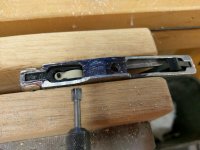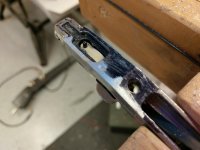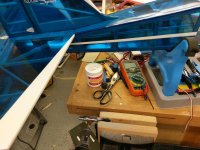Stumpy6Guns
New member
If I remove the lip from the edge of the Krikit I in order to position it in the center of the belt to eliminate twist, how will the gauge precision change?
Right now, the precision is not good. It's very difficult to get accurate, repeatable readings because you have to try to compensate for the belt twist as you press down; in fact, you'd have better odds of getting it right at the roulette wheel.
So, I'm thinking of removing the lip. I think it's a worthwhile expenditure- worst case I'll have to pitch the Krikit, and best case I'll have a remarkably precise tool!
Right now, the precision is not good. It's very difficult to get accurate, repeatable readings because you have to try to compensate for the belt twist as you press down; in fact, you'd have better odds of getting it right at the roulette wheel.
So, I'm thinking of removing the lip. I think it's a worthwhile expenditure- worst case I'll have to pitch the Krikit, and best case I'll have a remarkably precise tool!




